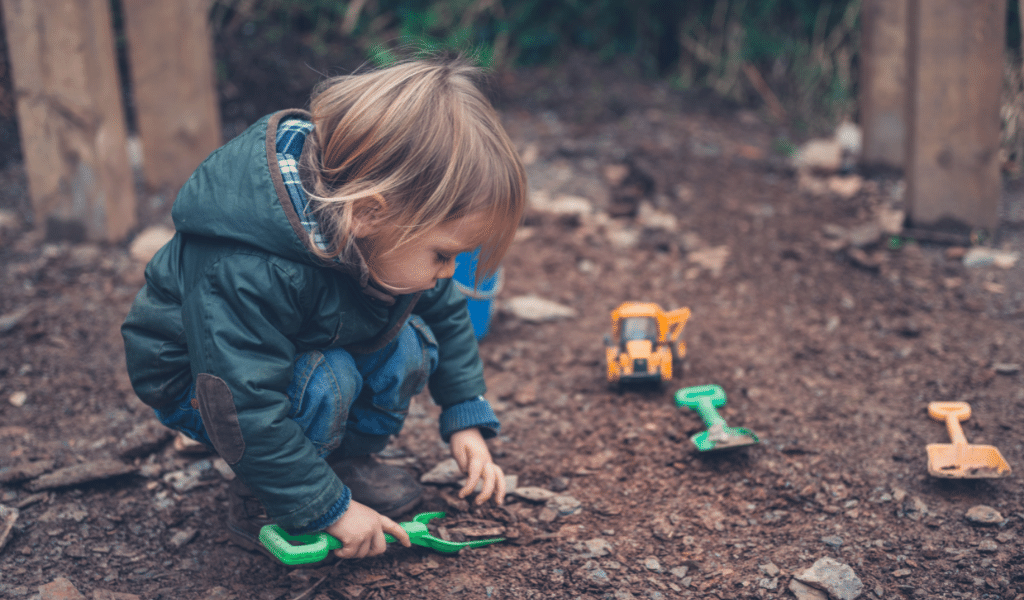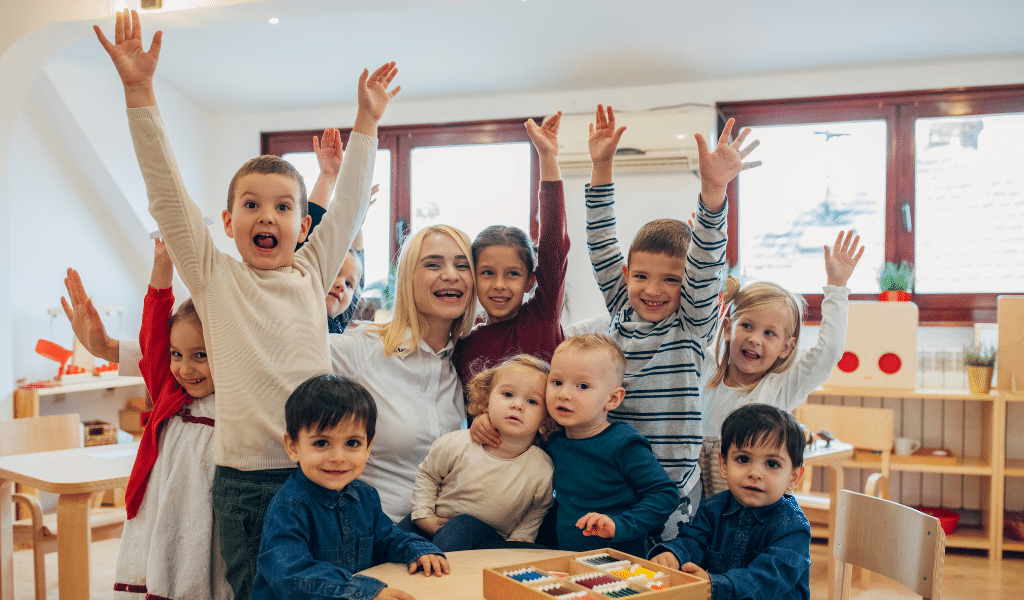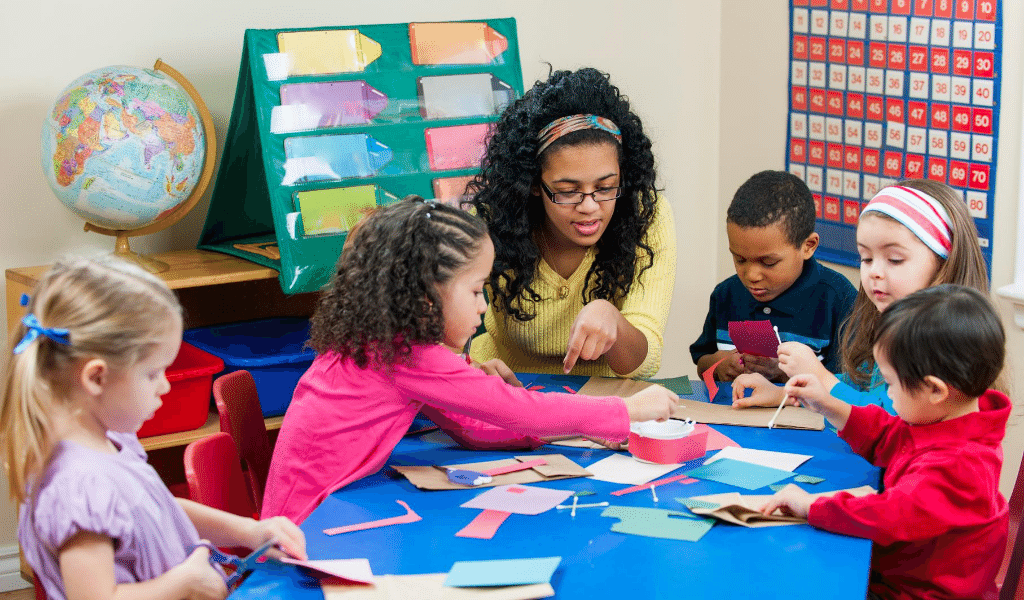We all know that a well-planned learning environment, indoors and outside, is an important aspect of pedagogy. One of the overarching principles of the Early Years Statutory Framework for the early years in England is ‘enabling environments’. It states…
“Children learn and develop well in enabling environments with teaching and support from adults, who respond to their individual needs and help them to build their learning over time….”
Development Matters also highlights the importance of this in its seven key features of effective practice. It focuses on the need for practitioners to carefully organize enabling environments in order to achieve high-quality play.
How you approach the planning of your environment will be dictated by several aspects. It should be tailored to your cohort or group, based upon their needs and interests and be conducive to the pedagogical approach you and/or your setting wishes to adopt. So, where do you start?

Firstly, think about what do you consider as high-quality provision?
First and foremost, your environment must be linked to your assessments of the children.
Structure the provision around the cohort’s development needs and dress it to reflect their interests.
Next, you should conduct a continuous provision checklist:

Once you have a clear understanding of your children’s next steps alongside their interests, how do you then plan your provision? Try and articulate the following:
These are just a few of many questions which you need to ask yourself when planning your environment. Plus, you also have the outside area to consider…
“The outside world should be part of our classroom experience – there should be no dichotomy between the two. The outdoors must be given the same value as indoors…unbridled risk-taking, collaborative, expansive play, freely chosen explorations…”
(‘Can I Go and Play Now?’ Greg Bottrill)
Often, the common misconception is that your outdoor provision can simply be indoor equipment taken outside. This is not the case. You should witness an entirely different sort of play outside – predominantly physical, sensory, and messy! Have you considered which areas of learning you want to provide and how they will facilitate learning and enhance the characteristics of effective teaching and learning?

After you have planned and implemented your provision, think about:
The learning environment plays a key role in children’s learning and development and we all know the phrase, ‘The environment is the third teacher!’ Children thrive in environments that are suited to their interests and developmental stages and we want a layout which promotes relationships, communication, collaboration, and exploration through play. Materials and resources must then be thoughtfully added to the environment to promote creativity, thinking, problem-solving skills, questions, experimentation, and open-ended play.
When it comes to our environment there is just one question you need to ask yourself, and that is: ‘What is it for?’

Leanne Galloway is a specialist Early Years teacher, leader, consultant and trained Ofsted inspector. She was previously Head of Early Years Centre at the Harrow International School, Bangkok and Principal of Early Years at Harrow Little Lions, Shanghai.
